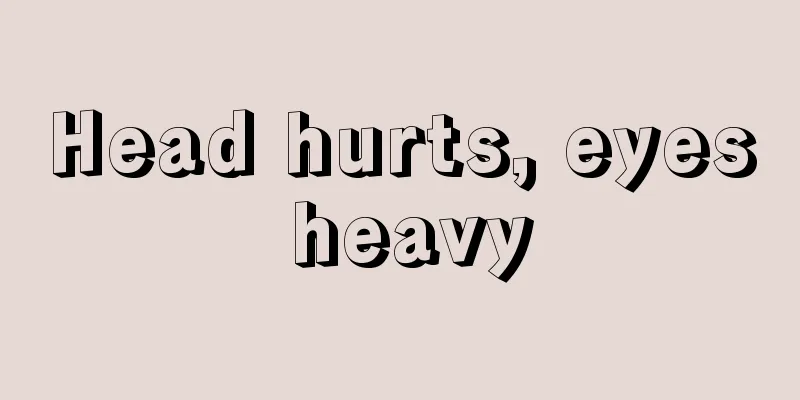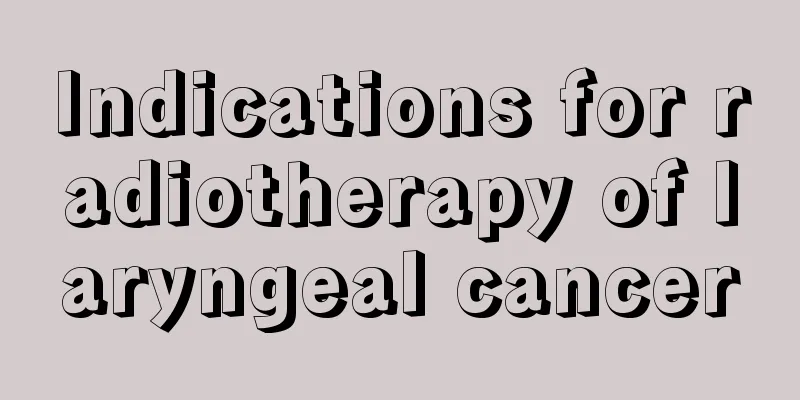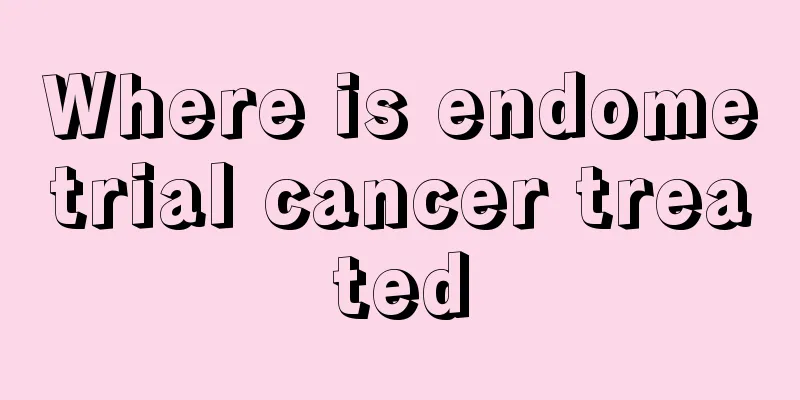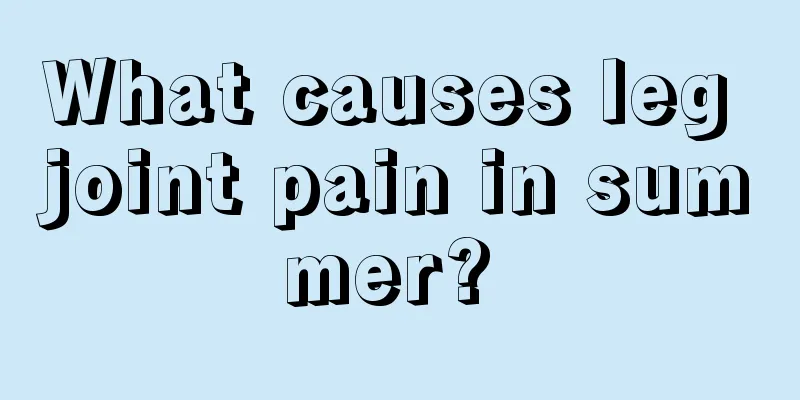Head hurts, eyes heavy

|
People may occasionally feel that their heads are becoming very uncomfortable and their eyes are groggy. This means that their bodies are overloaded and they need to pay more attention to rest in order to improve their symptoms. Generally speaking, they still need to do some examinations to better diagnose their symptoms and avoid indiscriminate use of medication during treatment. History of present illness: Physical examination pays attention to the nervous and muscular systems, head, eyes, ears, nasopharynx, neck, and lymph nodes. 1. Sinusitis 1. Symptoms and signs: dull pain in the forehead, unilateral or bilateral forehead or maxillary pain on palpation, fever, fatigue, sore throat, runny nose. 2. Diagnosis: physical examination, sinus X-ray. 3. Treatment: anti-nasal congestion drugs, analgesics, and antibiotics. 4. Follow-up: Follow-up when symptoms reappear or recur. 2. Brain diseases 1. Symptoms and Signs (1) Brain abscess: local headache that worsens within a few days, nausea and vomiting, local or systemic convulsions, and drowsiness. (2) Subdural hematoma: decreased level of consciousness, drowsiness, irritability, headache, dizziness, personality changes, and confusion. (3) Encephalitis: severe widespread headache, decreased level of consciousness within 48 hours after the onset of headache, fever, stiff neck, irritability, convulsions, nausea and vomiting, and photophobia. (4) Epidural hematoma: severe progressive headache, unilateral spasm, decreased level of consciousness, hemiplegia, and high fever. (5) Rupture of cerebral aneurysm: sudden severe unilateral headache, nausea, vomiting, changes in consciousness level, and changes in visual field. (6) Intracranial hemorrhage: severe widespread headache, rapid decrease in consciousness level, hemiplegia, aphasia, dizziness, nausea, vomiting, irregular breathing, and positive Babinski sign. (7) Brain tumors: localized or widespread headaches; intermittent deep pain that worsens in the morning; personality changes; changes in level of consciousness. 2. Diagnosis: based on history of head trauma, lumbar puncture, and imaging examination (computed tomography, MRI, arterial angiography). 3. Treatment: Antibiotics, analgesics, anticonvulsants and osmotic diuretics. Surgery should be performed if necessary. Chemotherapy and radiotherapy should be performed if the tumor spreads. 4. Follow-up: Visit a neurologist or neurosurgeon. |
Recommend
What should I do if my hands itch after scraping taro?
Taro contains a lot of nutrients. Eating some of ...
Is Astemizole a hormone?
Many doctors now recommend that patients try to t...
What are the symptoms of gastric perforation? It turns out there are four types
Speaking of gastric perforation, a stomach diseas...
How to remove eyebrow residue after eyebrow trimming
Having a good eyebrow shape can make a person loo...
What to do if your ears feel stuffy after catching a cold
There are many manifestations of a cold. In addit...
Four high-risk factors for lung cancer
Nowadays, the incidence and mortality of cancer i...
What are the early symptoms of bone cancer?
What are the early symptoms of bone cancer? Bones...
What should be paid attention to in the preoperative and postoperative care of thyroid cancer
What should be paid attention to in the preoperat...
How long after using essential oil on your back can you take a shower?
Essential oil back massage is a common phenomenon...
What are the benefits of adding vinegar to shampoo?
Normally, people wash their hair with special sha...
Cholangiocytoma Treatment
Cholangiocytoma is a very common disease in daily...
How to treat knee ligament sprain? It turns out there are 5 ways
Knee ligament sprain is very common in life, but ...
What symptoms will appear in the late stage of lung cancer?
The symptoms of advanced lung cancer include two ...
What to do if your scalp itches? It turns out there are 6 ways
I believe many people have experienced scalp itch...
Tooth decay pain, several ways to get rid of the pain
Everyone must have experienced toothache, especia...









